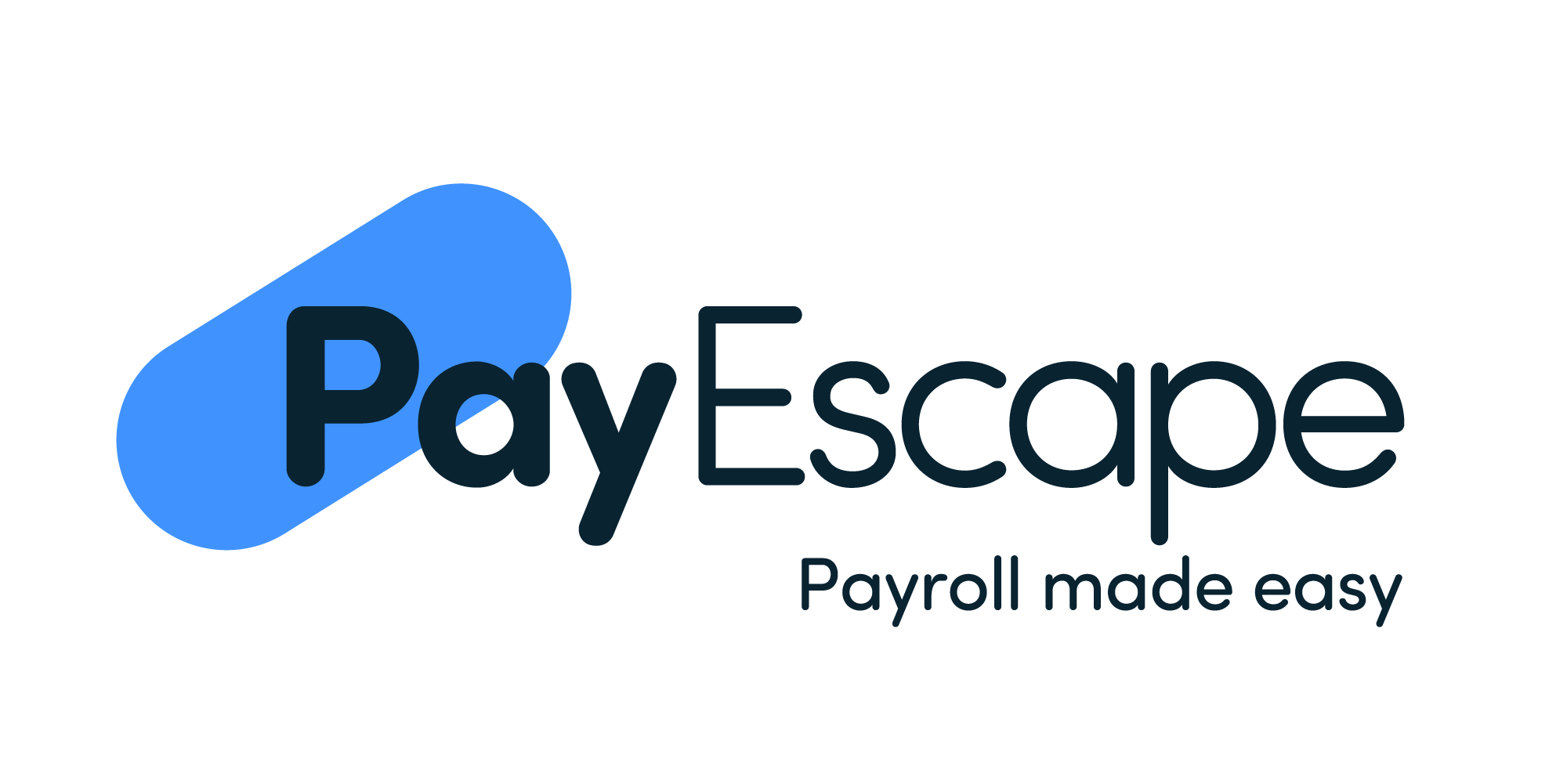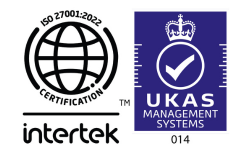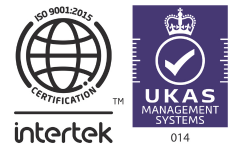Many businesses struggle with employee skills gaps that impact productivity, efficiency, and growth. Addressing these gaps requires a structured approach that not only identifies the deficiencies, but also implements targeted development plans to upskill employees.

For example, a common challenge in recruitment is that candidates may exaggerate or misrepresent their skills, leading to costly hiring mistakes. Introducing an assessment phase during interviews can help verify a candidate’s capabilities before making a hiring decision.
Additionally, even when the right talent is hired, heavy workloads often leave employees with little time for learning and development. Organisations must find efficient ways to evaluate their employees’ skill gaps and to integrate upskilling into daily operations without disrupting productivity. Below we discuss ways businesses can do so.
Recognising the impact of an employee skill gap
Skills gaps occur when employees lack the necessary knowledge or expertise to perform their roles effectively. These gaps can lead to operational inefficiencies, reduced customer satisfaction, and difficulty in adapting to market changes.
Skill gaps emerge due to software updates and evolving technologies, shifting business priorities, or poor workforce planning and often busy workload with no little time to focus on planning. Without addressing them, businesses face increased recruitment costs and decreased internal progression. Spotting an employee struggling with a skills gap requires managers and HR teams to be observant and proactive.
Identifying Employees Who Are Struggling:
- Repeated mistakes or declining performance: If an employee is consistently making errors or their productivity is dropping, they may be lacking key skills.
- Difficulty adapting to new systems or processes: Employees struggling to use updated software or follow revised workflows may need further training.
- Avoidance of certain tasks: Employees may procrastinate or delegate tasks they find too challenging due to a lack of confidence or knowledge.
- Increased frustration or disengagement: A struggling employee may appear overwhelmed, unmotivated, or disconnected from their work.
- Frequent requests for assistance: Regularly needing help with tasks that should be within their job scope suggests a gap in skills or knowledge.
By addressing these challenges early, businesses can improve employee performance, reduce turnover, and enhance overall efficiency.
Conducting a Workforce Skills Audit
A skills audit is the foundation of any effective development plan. It involves assessing current employee capabilities and comparing them to the skills required for business objectives. HR teams can use a combination of performance reviews, self-assessments, and manager feedback to identify strengths and weaknesses.
Below are a few examples of what a skills audit could look like in a business:
Departmental Gap Analysis
HR teams assess the collective skill levels within a department to identify weaknesses impacting team performance. For example, if a marketing team lacks data analysis skills, additional training on reporting tools like Google Analytics may be needed.
Role-Specific Competency Assessments
Employees complete structured evaluations related to their roles, such as practical tests or scenario-based assessments. A customer service representative, for instance, might undergo a role-play exercise to gauge communication and problem-solving skills.
Technology Adaptation Review
With frequent software updates and automation changes, employees may struggle to keep up. A skills audit could involve tracking system usage data to see who is engaging with new tools effectively and who needs additional training to adapt.
PayEscape’s HR software provides detailed workforce analytics, helping businesses track skills progression and pinpoint areas requiring improvement.
Aligning Development Plans with Business Goals
For skills development to be effective, it must align with wider business objectives. If a company is undergoing digital transformation, employees may need upskilling in technology. If leadership is lacking, a structured management training programme may be necessary.
Business change management plays a crucial role here. Organisations must assess whether internal development can close gaps or if external recruitment is necessary. PayEscape’s HR tools help businesses plan and cost workforce changes efficiently, reducing unnecessary hiring expenses.
Addressing Leadership and Management Development
Leadership is often an overlooked area of skills development. Without strong leadership, businesses struggle with poor decision-making, low employee engagement, and high turnover.
A structured leadership development programme ensures managers and potential leaders acquire the necessary skills to guide teams effectively. This includes training in decision-making, conflict resolution, and strategic planning. Below are a few examples of how leadership management can impact employees and their development:
- Poor Communication Leads to Confusion and Low Morale: Employees may feel uncertain about their roles or frustrated by unclear expectations. This can be fixed by training managers in effective communication, including active listening and providing clear, constructive feedback.
- Lack of Recognition Reduces Employee Motivation: When employees feel undervalued, engagement and productivity drop. Encourage leaders to implement regular performance recognition, such as monthly awards or personalised feedback sessions.
- Micromanagement Stifles Growth and Creativity: Overbearing leadership prevents employees from taking initiative and developing problem-solving skills. Train managers in delegation and trust-building, helping them empower employees to take ownership of tasks.
By investing in leadership development, businesses create a stronger, more motivated workforce that drives long-term success. PayEscape’s HR software tracks leadership development progress, ensuring employees are meeting key milestones
How do I know if my business has a skills gap?
A skills gap can be identified through performance reviews, employee feedback, and productivity analysis. If employees struggle to meet expectations or adapt to new technologies, a gap may exist.
Should I invest in upskilling or hire externally?
Upskilling is often more cost-effective and improves retention, while external hiring is beneficial for acquiring skills that cannot be developed internally. A workforce planning strategy helps determine the best approach.
How does leadership development impact skills gaps?
Strong leadership ensures teams are well-managed, motivated, and continuously developing. Without effective leaders, businesses struggle with engagement and succession planning.
What tools can help track skills development?
HR software like PayEscape’s provides workforce analytics, development tracking, and automated training plans, ensuring businesses can monitor and adjust training efforts effectively.
How can I ensure employees adapt to business changes?
Proactive training, clear communication, and structured change management strategies help employees adjust. Integrating training with business transformation initiatives minimises disruption.
Upskilling vs. Hiring: Making the Right Choice
When skills gaps are identified, businesses must decide whether to invest in upskilling existing employees or hire new talent. Training existing staff is often more cost-effective and improves retention, while hiring externally can bring in fresh perspectives.
A well-structured people planning and costing strategy ensures businesses make informed decisions. PayEscape’s HR software provides workforce forecasting, helping businesses determine where training investments yield the best return.
Implementing Personalised Development Plans
Generic training programmes rarely deliver effective results. Employees benefit most from personalised development plans tailored to their specific roles and career aspirations. These plans should include clear objectives, defined timelines, and access to relevant training resources. PayEscape’s HR tools allow businesses to create structured development plans, track progress, and adjust training strategies in real-time.
Ensuring Employees Adapt to Business Changes
Workplace change is inevitable, whether through restructuring, new technologies, or shifts in market demands. Employees need to adapt quickly, yet resistance to change is common when skills gaps exist.
A proactive approach to business change management ensures employees are equipped with the necessary skills before transitions take place. By integrating development plans with change management strategies, businesses can prevent productivity losses during periods of transformation.
Monitoring and Measuring Development Progress
A development plan is only effective if businesses track its impact. Key performance indicators (KPIs) such as productivity improvements, employee engagement, and reduced turnover help assess the success of training initiatives. For example, below:
Tracking Employee Productivity Before and After Training Example: A sales team undergoes training in negotiation techniques. KPIs such as conversion rates and average deal size are monitored over three months to assess the impact.
Employee Feedback and Self-Assessments Example: Employees complete quarterly surveys rating their confidence in new skills. A marketing team learning SEO strategies might report increased confidence in keyword research and content optimisation.
Retention and Internal Promotion Rates Example: A company launches a leadership development programme. Over time, HR tracks how many participants advance into management roles, indicating the programme’s success in fostering internal growth.
HR teams should use data-driven insights to refine training approaches. PayEscape’s HR reporting tools provide real-time visibility into employee development, ensuring training efforts remain aligned with business needs.
Encouraging a Culture of Continuous Learning
Skills development is not a one-time initiative. Businesses that foster a culture of continuous learning see higher employee retention and greater adaptability to industry changes. This requires regular training opportunities, access to professional development resources, and leadership support for learning initiatives.
Future-Proofing Workforce Skills
Long-term workforce planning ensures businesses stay ahead of skills shortages. By anticipating future industry trends and proactively developing employee capabilities, organisations can maintain a competitive edge.
Conclusion
Addressing employee skills gaps is essential for business growth and operational success. A structured approach to skills audits, leadership development, and training ensures businesses maintain a capable workforce. PayEscape’s HR solutions simplify the process by providing the tools needed for workforce analysis, training management, and development tracking.
For businesses looking to future-proof their workforce and close skills gaps effectively, PayEscape offers tailored HR solutions to support long-term employee growth. Contact us today to learn how our technology can enhance your workforce development strategy.


















